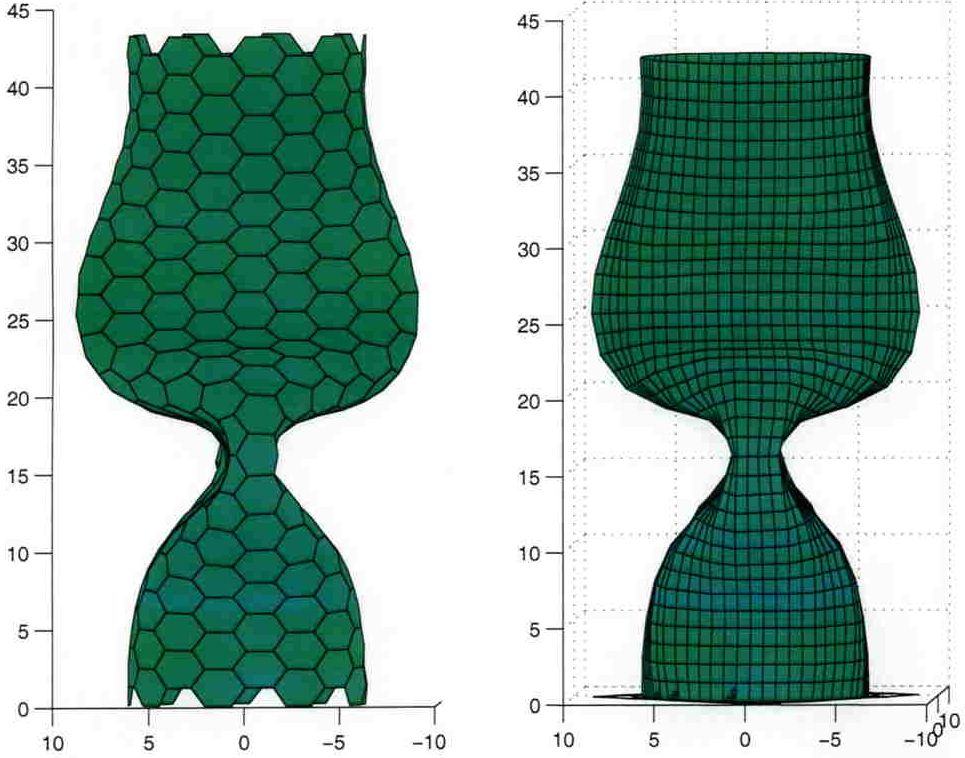|
|
Multiscale modeling in science and engineering
When formulating quantitative models of physical processes, we have
to take into account the effect of the unrepresented scales on the scale
of interest.
Traditionally, this has relied on empirical modeling assumptions, which
may or may not be satisfied by the system under consideration.
The main purpose of multiscale modeling is to bypass such ad hoc
procedure and use instead microscopic models to accurately describe the
effect of mall scales on larger ones.
I will give an overview of this very active and growing area. I will
discuss some of the representative issues, the key challenges, and
examples of the progresses made so far.
One of the main challenges is to understand mathematically the relation
between models att different scales. I will illustrate this with several
examples. Mathematical theory of the
electronic structure Understanding the electronic structure of
matter is a fundamental problem in chemistry and physics.
In the last thirty years, density functional theory has become a very
popular and successful tool for analyzing the electronic structure of
materials and molecules. What has attracted much less interest, however,
is the fact that density functional theory is also an interesting and
challenging problem in pure and applied mathematics.
I will discuss some of the basic mathematical issues in density
functional theory, including the various equivalent formulations,
existence, uniqueness and non-uniqueness of solutions, structure of
solutions, localization, and the continuum limit.
Modeling rare events Many processes in nature are in the form of
rare events. These include conformation changes of bio-molecules,
chemical reactions, nucleation events in phase transition, noise-induced
instability and transition to chaos, material failure, etc. The basic
theoretical tools for understanding such events are the large deviation
theory in mathematics and the transition state theory in chemical
physics.
When the underlying dynamics is rather smooth, these theories give an
adequate discription of the associated rare events. However, alternative
theoretical tools are required when the underlying dynamics is rough and
operates on multiple scales. I will discuss one such alternative theory,
the transition path theory.
I will also discuss the numerical algorithms that have been developed in
order to make this an effective tool in applications. |
|
